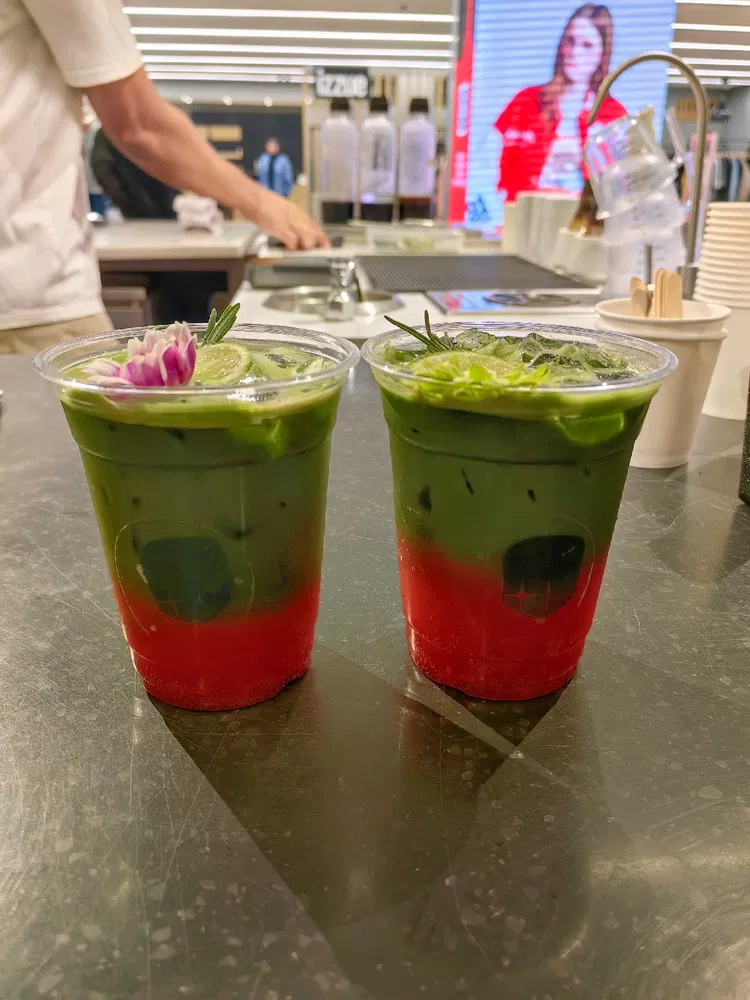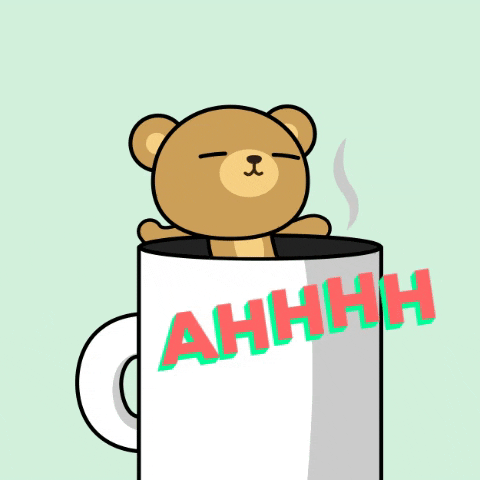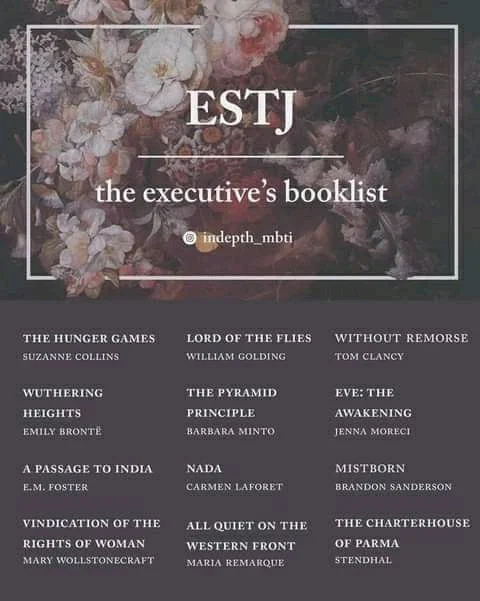We use cookies on our website for a number of purposes, including analytics, performance, and advertising. Learn more.
OK!
Boo
SIGN IN
Asian ESTJ Movie Characters
Asian ESTJ Sheman: Mistress of the Universe (1988 Philippine Film) Characters
SHARE
The complete list of Asian ESTJ Sheman: Mistress of the Universe (1988 Philippine Film) characters.
Debate the personality types of your favorite fictional characters and celebrities.
SIGN UP
40,000,000+ DOWNLOADS
Debate the personality types of your favorite fictional characters and celebrities.
40,000,000+ DOWNLOADS
SIGN UP
Welcome to the diverse world of ESTJ Sheman: Mistress of the Universe (1988 Philippine Film) fictional characters from Asia here at Boo. Our profiles delve deep into the essence of these characters, showing how their stories and personalities have been shaped by their cultural backgrounds. Each exploration provides a window into the creative process and the cultural influences that drive character development.
Asia is a continent rich in cultural diversity, with each country contributing its unique societal norms, values, and historical contexts that shape the personality traits of its inhabitants. For instance, in Japan, the concept of "wa" or harmony is deeply ingrained in the social fabric, influencing individuals to prioritize group cohesion and collective well-being over personal desires. This cultural emphasis on harmony and respect for hierarchy can be traced back to centuries-old traditions and the influence of Confucianism, which underscores the importance of social order and familial piety. Similarly, in India, the value placed on family and community is paramount, with societal norms often revolving around collectivism and interdependence. The historical context of a caste-based society and the spiritual teachings of Hinduism and Buddhism have fostered a sense of duty, respect for elders, and a strong community orientation. These cultural characteristics significantly influence the behavior, attitudes, and interpersonal relationships of people across various Asian countries, creating a rich tapestry of personality traits that are both unique and interconnected.
Asian people exhibit a fascinating array of personality traits, social customs, and values that reflect the continent's vast cultural diversity. Generally, Asians are known for their strong sense of community, respect for tradition, and emphasis on harmony and balance in social interactions. These traits are deeply rooted in the historical and philosophical traditions of the continent, such as Confucianism, Buddhism, and Hinduism, which advocate for social harmony, respect for authority, and the importance of family and community. Social customs often include elaborate rituals and ceremonies that reinforce communal bonds and cultural heritage. For example, the practice of bowing in many East Asian cultures signifies respect and humility, while the Indian tradition of touching elders' feet is a gesture of reverence and seeking blessings. These cultural practices and values contribute to a collective psychological makeup that prioritizes social cohesion, respect for hierarchy, and a deep sense of duty and responsibility towards one's family and community. What sets Asians apart is their ability to blend these traditional values with modernity, creating a dynamic and resilient cultural identity that continues to evolve while staying rooted in its rich heritage.
As we delve deeper, the 16-personality type reveals its influence on one's thoughts and actions. The ESTJ, known as the Executive, embodies a natural leadership quality, characterized by their decisiveness, organization, and strong sense of duty. These individuals are driven by a need for order and efficiency, often taking charge in both personal and professional settings to ensure that goals are met and standards are upheld. Their strengths include a pragmatic approach to problem-solving, a high level of reliability, and an ability to create and enforce structure. However, ESTJs may face challenges related to their sometimes rigid adherence to rules and their tendency to be overly critical of those who do not meet their high expectations. They are often perceived as confident and authoritative, with a commanding presence that can both inspire and intimidate. In the face of adversity, ESTJs rely on their resilience and strategic thinking, using their organizational skills to navigate through difficulties. Their distinctive qualities make them particularly effective in roles that require strong leadership, clear communication, and the ability to implement and maintain systems, from management positions to community leadership roles.
Continue your exploration of the lives of ESTJ Sheman: Mistress of the Universe (1988 Philippine Film) fictional characters from Asia. Delve further into our content by joining community discussions, sharing your thoughts, and connecting with other enthusiasts. Each ESTJ character offers a unique insight into the human experience—extend your exploration through active participation and discovery.
Debate the personality types of your favorite fictional characters and celebrities.
40,000,000+ DOWNLOADS
Debate the personality types of your favorite fictional characters and celebrities.
40,000,000+ DOWNLOADS
JOIN NOW
JOIN NOW
























